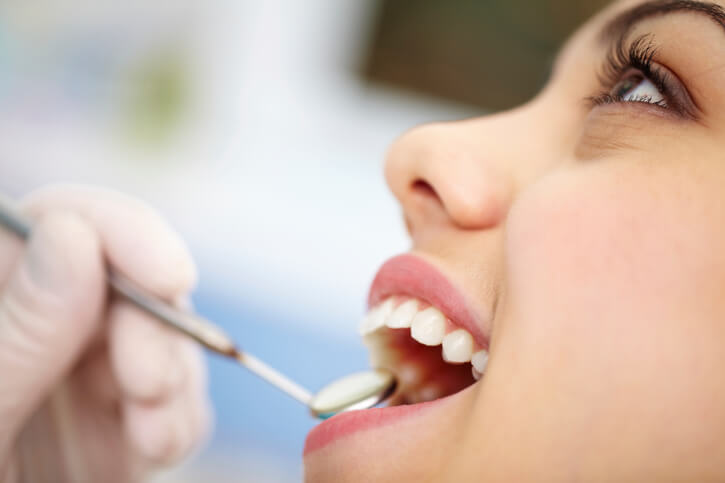Reporter was commissioned to write this in-depth article.
With the cost of dental care going up and the access to dental coverage on the decline, many are left scrambling to pay for routine cleanings and procedures. As a result, more and more Americans are putting off going to the dentist. How big is the problem? According to a 2012 PBS report, over 100 million Americans do not go to the dentist simply because they can’t afford it. Part of the problem is linked to how much most dental plans actually cover. The majority of plans only kick in for routine cleanings and checkups, but more advanced oral procedures are another story. According to a recent Huffington Post report, most dental plans cap coverage at only $1,500 a year. This leads to high out-of-pocket expenses that can be difficult for many Americans. Adding to the problem, a bevy of employers are dropping dental coverage altogether. “Because health care coverage is so expensive, a lot of employers are cutting dental benefits,” said Dr. Laura Mackey of Smile Design Associates, a dental practice located in Exton, PA. In order to continue serving the growing number of uninsured patients, Smile Design Associates has implemented its own payment platform. “It’s an in-house insurance plan that helps offset the cost of dental care,” said Dr. Mackey. “This is to help people who have to pay out of pocket to get the work they need.”
The in-house insurance plan provides comprehensive preventive care for an annual fee of $199, which includes two periodic exams, two cleanings and one set of bitewing x-rays. The plan also allows for 15 percent off any additional recommended dental treatment. This type of plan is unique in that it isn’t a line of credit attached to a high interest rate, which is a more common offering among dental practices. While practices like Smile Design Associates are approaching the problem in a different way, the U.S. dental care epidemic continues to drive up emergency care costs. According to a 2014 report from the Association of Health Care Journalists, over four million patients utilized hospital emergency departments to treat dental conditions between 2008 and 2010. The total cost of these visits landed at $2.7 billion. The same report says that most of these dental problems could have been prevented or addressed in more efficient and cost effective ways. Because oral health is so closely tied to overall health, keeping up with routine cleanings is crucial. Even minor cavities, if ignored, can destroy teeth and lead to pricy (and painful) problems. Periodontal disease (also known as gum disease) is also preventable, and it’s a leading cause of tooth loss and dental infections. “Without regular exams, small problems become large ones,” said Dr. Mackey, who emphasizes the importance of preventive maintenance when it comes to oral health. “If dental problems are not remedied they will become more serious, more painful, more expensive and, in some cases, unable to be reversed.Our plan makes dental care affordable for those not covered by traditional insurance plans.”
No dental insurance? Dentists adapt to uninsured

THINKSTOCK


















